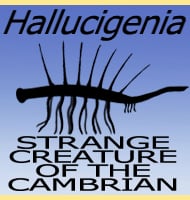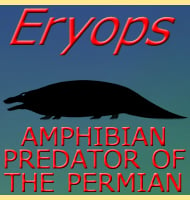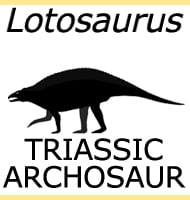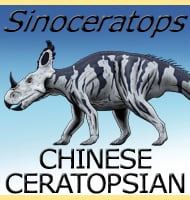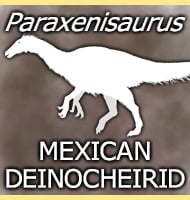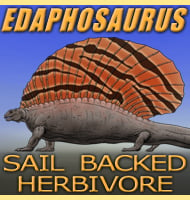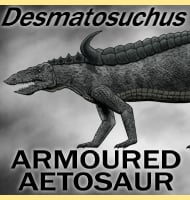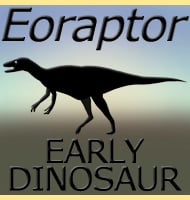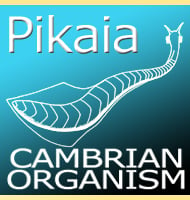In Depth
Initially found in 1947 in an expedition by Swedish and Danish palaeontologists, the partial skull and lower jaws did not get named as their own genus until 2012. Ymeria has been speculated to have been similar to the much more famous Ichthyostega, though with noticeably smaller teeth that are also not as curved as those of Ichthyostega. This might indicate that Ymeria was more of a hunter of smaller prey items.
Ymeria is only known by a partial skull and jaws, though since these have been described as being similar to Ichthyostega it might also mean that the body was similar to Ichthyostega as well. Reconstructions of Ichthyostega can usually be measured out as the length of the skull being about one fifth of the total body length, which means that multiplying the length of the skull by five times its length would give you a close, but rough estimate of the total length. IF Ymeria had similar body proportions to Ichthyostega, then multiplying the estimated length of the skull, ten centimetres, by five times would result in a total length estimate of the animal of about fifty centimetres for the holotype individual. Please remember though, that this is a rough estimate, only the discovery of far more complete remains could prove this.
Further Reading
- A new genus of Devonian tetrapod from North-East Greenland, with new information on the lower jaw of Ichthyostega - Palaeontology 55 (1): 73–86 - J. A. Clack, P. E. Ahlberg, H. Blom & S. M. Finney - 2012.

